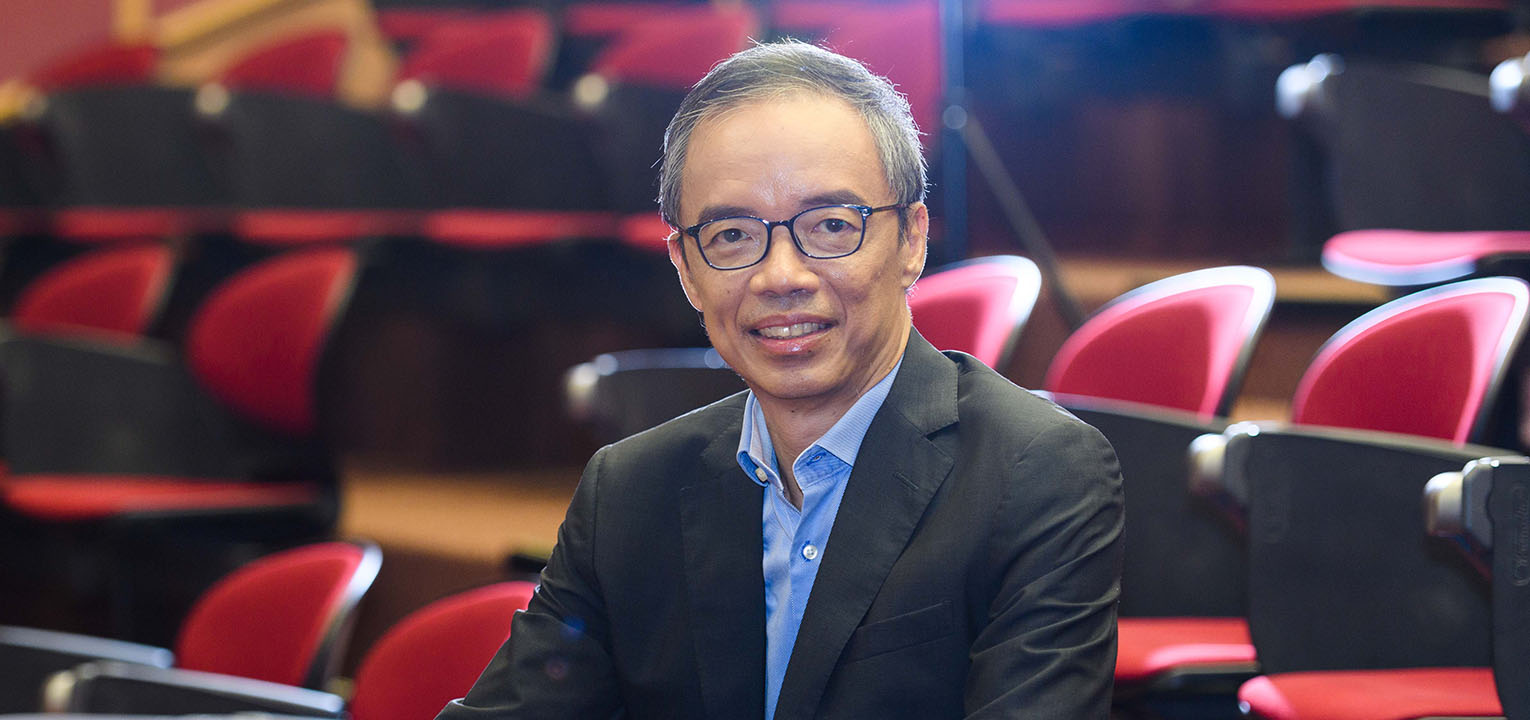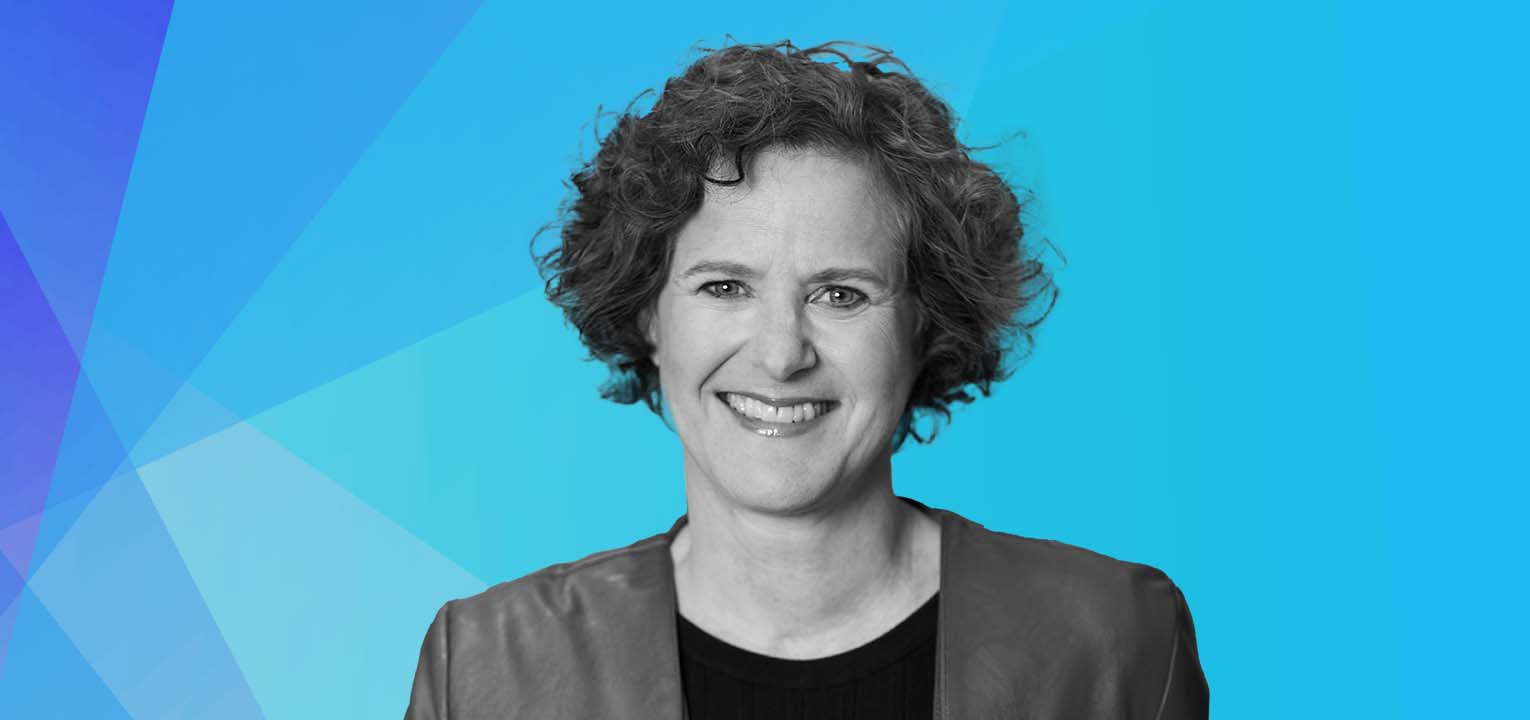September 23, 2022
How Behavioral Science Gives Bankers an Edge Acquiring Customers

A consumer’s behavior is about much more than their social media presence, their digital banking activity, or even their banking product profile. A Financial Brand Forum legend talks where banks and credit unions go wrong with customer behavior — and why.
The “social proof” theory is simple: When people don’t know what to do, what decision to make, or which direction to run, they look at what people around them are doing. The pandemic offered a powerful example of social proof in action.
“Everyone was running out to buy toilet paper. And you know what, we all went out and we bought toilet paper,” says Nancy Harhut, Co-Founder of HBT Marketing. “We were hoarding toilet paper! If people wore masks, we wore masks. If people didn’t wear a mask, we would maybe be more inclined to not wear a mask.”
Though the context of that behavior was the pandemic, the cause can be explained by behavioral science (the social proof theory) and Harhut says that’s highly relevant in banking.
In a way, behavioral science is a common discussion topic in banking: When are customers buying homes? What season do people look for new cars, and are they therefore more likely to need an auto loan? How can we design a fall marketing campaign for new checking accounts that will resonate with students entering college?
But, while those questions address customer habits, they don’t get to the root of customer behavior. They don’t ask what intrigues customers because they don’t address the emotionality of banking products.
Asking such root questions is so effective, says Harhut, that leaders should integrate behavioral science into banking strategy, especially if financial institutions want to keep up in a digital landscape.
“There are companies now that have Chief Behavioral Science Officers,” Harhut explains. “Marketers are all about human behavior, about influencing behavior. Behavioral science allows you to do that, so why wouldn’t you want a C-level person at the table?”
The Good/Bad of Emotion and How Banks Can Use It
Emotion is a critical part of the human experience, Harhut observes, an evolved trait that is nearly instinctual, specifically in times of peak stress. But while emotion can be advantageous in some situations, it can be detrimental to people’s financial behavior.
“We would like to think that when you’re making a decision about money, about finances, that’s the time when you’re really making a thought out, well-considered decision,” Harhut says. But that’s not often the case — emotion is the driver of financial decisions, she says. In many situations, logical rationalization only follows decisions after they’ve been made.
However, to be emotional in banking is not all bad. In fact, financial institutions can rely on their emotional connection with customers to share the bank’s message and incorporate storytelling to stimulate emotion.
Connecting with Customers:
Making financial decisions based on emotion can be dangerous. But banks can tap that emotion to help create a brand that will resonate with customers.
“The net/net is the more parts of your brain that get activated, the better you understand the information and the longer you remember it,” Harhut states.
This is particularly important for financial marketers who want to create a campaign that will resonate with customers. She quotes a Princeton neuroscientist who found that “stories are the only way to activate parts of the brain so that the listener turns the story into their own idea and experience.”
Just as the brain is attracted to emotional ideas, it is also avidly intrigued by new concepts, new products, new rewards, which — when discovered — trigger a dopamine release in the brain. Many traditional banks struggle to retain customers, Harhut says, because they don’t leverage that attraction to freshness coupled with customers’ propensity for emotional decision-making.
“It’s definitely an issue for your listeners,” Harhut tells Marous. “I think the reason we’re seeing people flock to some of these new financial providers can be traced back to novelty. The human brain craves the new and the novel.”
Putting Behavioral Science into Practice
Harhut’s ideas aren’t speculative. She has applied behavioral science concepts in marketing for years. For instance, in a direct mail letter to one bank’s customers, she wrote, “As large banks raise their fees, we know you’re probably looking to join your neighbors as you try to find another place to do your banking.”
It sounds basic, but Harhut says most people will immediately think “Oh, if I’m not thinking about making a move, I’m kind of out of it. I’m not doing what I should be doing.” That’s social proof theory in action and — whether the customer has heard about a megabank raising fee rates or not — the wording provokes an immediate response.
At another bank she leaned on a different aspect of behavioral science — Cialdini’s fifth principle of persuasion, to be exact — that suggests a person is more likely to say yes a second, third or fourth time if they have already said yes once.
“We wrote to [the bank’s customers] and just very simply said, ‘Hey listen, you’re already a customer of ours. We really appreciate that. We’d love to do more business with you. Here are three things you might be unaware of about our checking and savings accounts’.”
Behavioral Science in Practice:
If customers say ‘yes’ once to a banking product, they are much more likely to say ‘yes’ to other products your financial institution has to offer.
Once again: startlingly simple in idea, effective in practice. The bank’s leadership team told Harhut it was the most successful mailing campaign they had sampled.
Other Behavioral Science Tactics Banks Can Adapt
Yet much as customers crave the cutting-edge, it isn’t easy to stay fresh. Few financial institutions think they can keep up with the speed and innovation that new digital entrants bring to the banking industry.
Harhut has a behavioral science solution for that too.
“Talk to your customers about what they might lose if they leave,” she says. The bank can say, “You might be thinking, ‘Oh, the grass looks a lot greener over there,’ but are you sure it’s going to be?”
It’s all about the framing, she continues, which is a strategy both traditional and disrupting banks can master. For instance, traditional banking providers can lean on their embedded security qualities — such as their federally-recognized charters and deposit insurance — to intrigue customers and identify what they have that a digital bank may not. That marries emotion with novelty.
For a digital bank, on the other hand, “it would be all about ‘if you don’t make this move you’re going to miss out on things’,” says Harhut. It tells customers that if they bank elsewhere, “you’re never going to be able to take advantage of our technology. You’re never going to be able to experience this new way of doing things.”
Two Can Play At This Game:
A traditional bank can say they have decades of experience. A fintech can argue they offer innovation. Appealing to customers comes down to a marketer’s ability to frame their institution in the right light.
Exclusivity is another surefire way to connect with customers in a way that will stick. As Harhut describes it, creating an experience that feels unique to the banking customer is critical. “We as human beings love to feel that we know something other people don’t, that we have access to things that other people don’t, that we’re treated more specially than other people are,” she says.
Originally published 23 September 2022 on: https://thefinancialbrand.com/news/bank-marketing/how-behavioral-science-gives-bank-marketers-a-leg-up-acquiring-customers-153126/
Want to explore how your bank can harness the power of AI to engage and serve customers? Request a demo now
Latest Posts

Why Asia Pacific Pacific Banks Must Lean into Cognitive Banking: A Conversation with Dr. Dennis Khoo

Explore our Spring Release Highlights – From Integrated Marketing Offers, to Custom Trackers, and AI Innovation

Showing the Human Side of Digital Banking: Insights from Desjardins' Nathalie Larue









